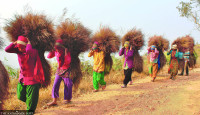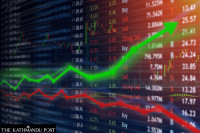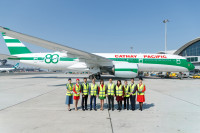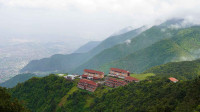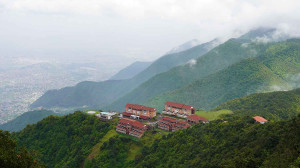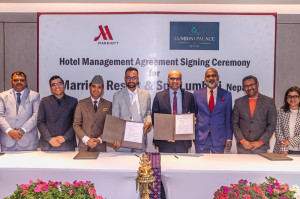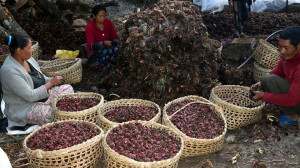Money
Nepal Oil revives dual pricing for cooking gas despite repeated failures
The state-owned supplier plans to end subsidies for commercial users and offer targeted relief to households through a new refund system linked to VAT bills and national ID.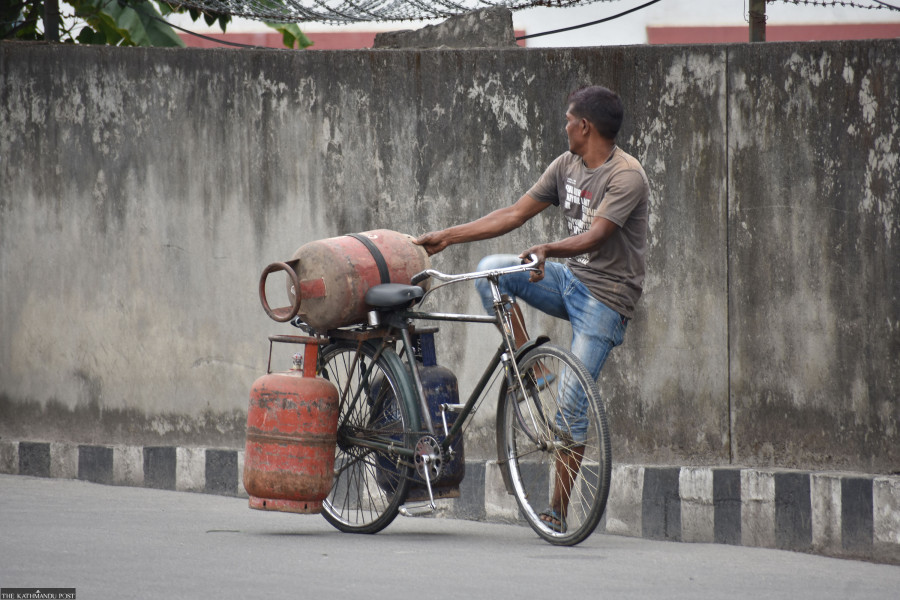
Post Report
State-owned Nepal Oil Corporation has once again revived its nearly half-decade-old dual pricing policy for cooking gas cylinders, separating commercial and household users after several failed attempts that ended in fiascos.
Currently, industrial and commercial users receive a 13 percent VAT refund. They also benefit from the subsidy that is actually meant for the general public on the purchase of liquefied petroleum gas (LPG), commonly known as cooking gas.
Household users, however, are not entitled to the VAT refund.
To sustain the subsidy, the corporation collects additional revenue by levying higher taxes on fuel sold to domestic and international airlines. This cross-subsidisation helps offset losses in cooking gas sales. For instance, a cylinder currently costs Rs1,910. At this rate, the corporation is incurring a loss of Rs199 per cylinder, amounting to nearly Rs1 billion monthly losses.
To make up for the shortfall, the corporation raises funds through aviation fuel sales—indirectly increasing airfares—while continuing to subsidise LPG, even for commercial users such as hotels, restaurants, and factories, as prices remain uniform for all.
To end this anomaly, the corporation has drafted a set of guidelines to eliminate the blanket subsidy. The board of directors is currently discussing the draft. A key point of deliberation is how to refund the subsidy to the general public and where to deposit the amount.
Nepal has a long history of experimenting with dual pricing for cooking gas. The effort initially began with consumer cards—red for household use and blue for commercial users.
On April 17, 2012, then-Commerce Minister Lekh Raj Bhatta handed Prime Minister Baburam Bhattarai the first consumer card, formally launching the dual pricing scheme.
Red cards were distributed to households, and blue cards were distributed to businesses through LPG dealers. The goal was to eliminate subsidies for commercial establishments.
Each card was sold for Rs10. A total of 632,000 cards were issued, generating Rs6.32 million in revenue. However, the funds vanished without a trace, and no one knows who pocketed the money.
A year later, on June 15, 2013, dealers agreed to launch a dual-cylinder system, barring commercial users from using red household cylinders. The LPG cylinders were colored red for consumers and blue for commercial users to match the colour-coded card system.
Yet, implementation faltered.
In March 2014, the corporation issued a notice to enforce the system, but it was never executed.
Then-CEO Chandika Prasad Bhatta made another attempt to launch it on January 29, 2015, but he was removed just two days before the launch—reportedly under pressure from powerful bottling companies. The plan was shelved once again.
In 2016, then-Supply Minister Ganesh Man Pun formed a four-member committee to explore reintroducing consumer cards to curb hoarding and excessive sales to commercial users.
That initiative also failed.
Now, the scheme is making a comeback.
Manoj Kumar Thakur, deputy director at the oil corporation, said cooking gas will be sold at cost price—without profit—for both household and commercial use. However, only a limited quantity will be subsidised: a family of four will be entitled to eight subsidised cylinders annually, while individuals can get two.
He added that a committee will be formed under the new guidelines to determine the modality of the subsidy and VAT refunds. “This provision is aimed at providing targeted relief to consumers.”
According to preliminary plans, the refunded subsidy amount will be deposited into consumers' bank accounts monthly or fortnightly. “We are developing dedicated software for this purpose,” Thakur said.
Cooking gas dealers must have an account with Rastriya Banijya Bank. However, consumers won’t need a specific bank account for refunds.
Once the new system is implemented, consumers must register on the corporation’s e-platform with personal details, including their citizenship or national identity number.
Each time they purchase a gas cylinder, they must take a VAT bill from the seller and upload it to the system. The refund will then be processed and deposited into the user's bank account.
Thakur said that if someone attempts to claim a refund for more than their allocated number of cylinders, the system will automatically reject the claim.
The oil corporation estimates that a family of four typically consumes 8–10 cylinders, each 14.2 kg, per year.
The corporation says it is incurring losses on all gas sales—whether for household or commercial use—since the price is uniform across the board.
Despite adopting an automated pricing system for fuel, the corporation has never applied the same to cooking gas.
Currently, prices are based on the rate list sent by the Indian Oil Corporation, the sole supplier. While petrol, diesel, and kerosene prices are reviewed fortnightly, prices for aviation fuel and LPG are updated monthly.
According to the Department of Customs, Nepal imported 524,204 tonnes of LPG worth Rs55.61 billion in the last fiscal year.




 13.05°C Kathmandu
13.05°C Kathmandu